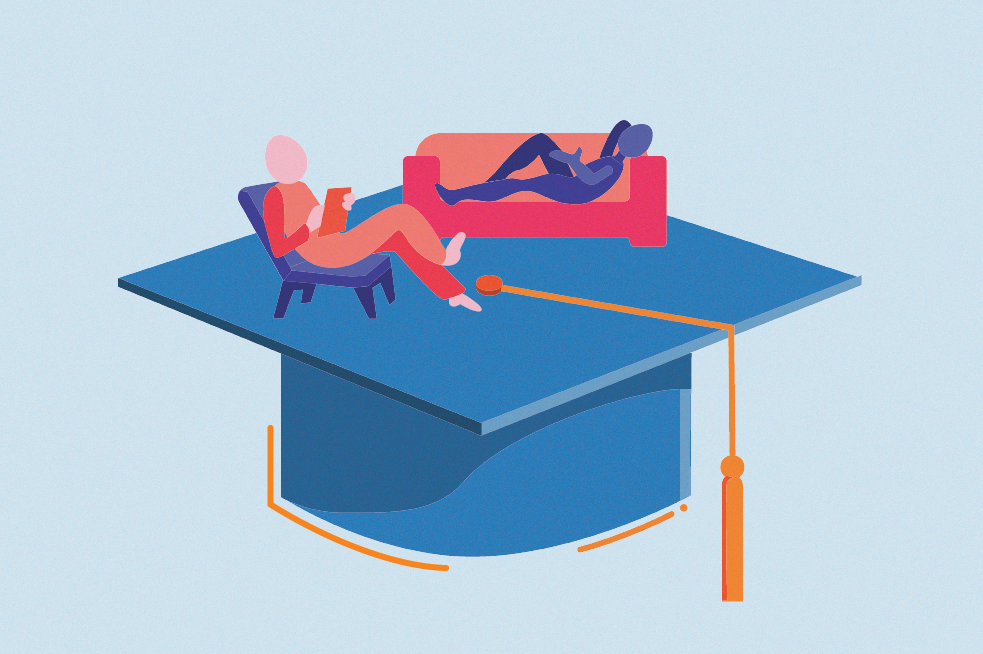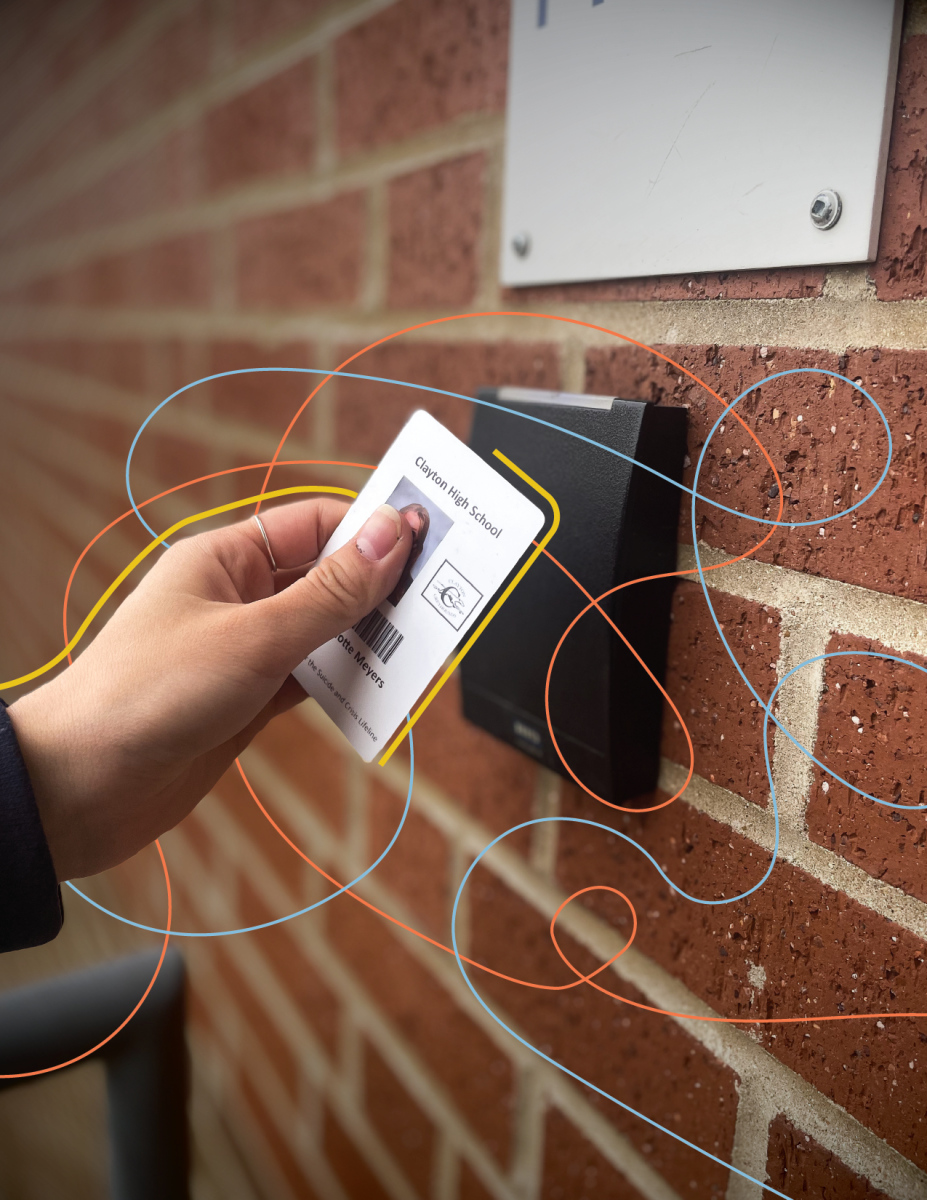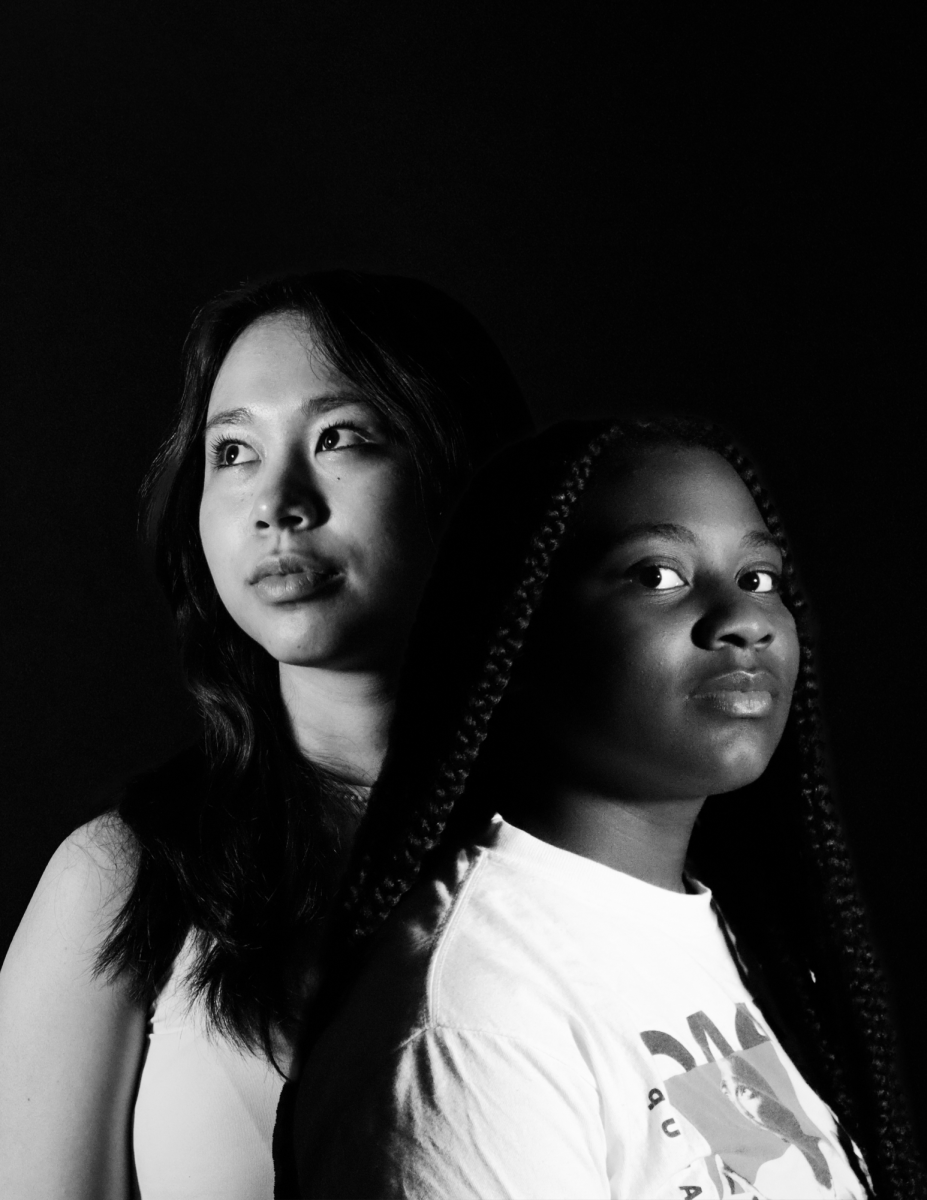We have been bombarded with stories of sexual harassment and assault in the past months. These stories ranged from the national stage – Joe Paterno at Penn State, Bernie Fine at Syracuse – to as local as Missouri and even Clayton High School. The infamous Facebook law proposed in Jefferson City put a spotlight on student-teacher relations, and allegations that a former School District of Clayton employee abused a student at another school several decades ago have brought the issue to our doorstep. But sexual harassment and assault are not always as simple as the media tend to suggest. The difference between normalcy and discomfort is often difficult to discern, and fact and truth are hard to separate from accusations and allegations.
SO WHERE DO WE DRAW THE LINE?
_________________
Some forms of sexual violence are obvious – rape being perhaps the most well-known. But sexual harassment can mean calling someone gay, spreading lewd rumors about them, or giving an unwelcome hug.
“It doesn’t have to be what we think of as sexual harassment; it can be those comments about what you’re wearing and what your body looks like and weight,†CHS guidance counselor Alice Morrison said.
A joke or lighthearted comment can be taken the wrong way, or a pat on the back mistaken for unwanted touching. Ultimately, sexual harassment is a phenomenon that is based on interpretation.
“When another party feels uncomfortable, that’s when you’ve crossed the line,†Director of Sexual Assault and Community Health Services at Washington University Kim Webb said.
But determining what is comfortable is subjective and can change literally overnight.
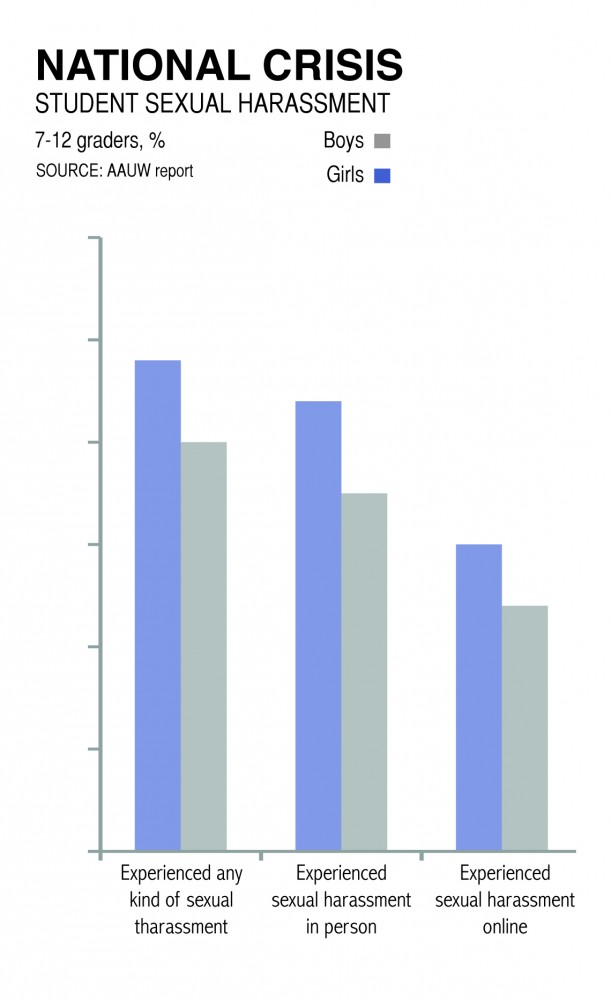
“It becomes really difficult to tease out, even for the recipient, is this normal and healthy or is this a red flag?†Webb said.
The line is made even more obscure by the fact that the majority of sexual assault occurs between acquaintances and friends – 73 percent of female sexual assault victims are targeted by someone they know.
In this way, the first step to addressing sexual crimes – identifying conduct as such – is far from black and white. The official definition of sexual harassment, as per Title IX, emphasizes the idea of “unwelcome†conduct of a sexual nature. This definition is, then, entirely one-sided: what is seemingly normal for one person may make another person feel uncomfortable.
Yet sexual harassment and assault are issues that must be addressed, especially in an environment like a high school. This article will discuss the tragic and shocking prevalence of sexual harassment and assault in education, the devastating effects that these actions can have on victims, and the reasons why this problem is so difficult to combat. We will focus on student to student interactions, although we will mention teacher-student relations as well.
In the end, we will suggest ways that high schools, and Clayton in particular, can work to have open discussion about sexual harassment and assault and begin to implement programs that will have a real, positive effect on the school environment.
_________________
It is sad but true that sexual harassment is common in the middle and high school environment. A recent study by the American Association of University Women showed that 48 percent of students experienced some sort of sexual harassment during the 2010-2011 school year. Girls reported even higher levels: 56 percent said they had been harassed.
“There have been [reports of sexual harassment] – student-to-student, in school and out of school, and at every degree,†Morrison said. “Counselors here have students that report sexual harassment, at all kinds of levels.â€
CHS health teacher Melissa Hobick said that she regularly has students approach her after sexual harassment or assault is covered in class.
“Almost every semester, we have at least one or two kids that after class comes up and says this has happened to me or it’s happening right now – either they’ve been sexually harassed, [or] they’ve been sexually assaulted…†Hobick said.
At the middle school level especially, and at the high school level as well, students are developing an awareness of their bodies and their sexuality. This leads to problems, as students mature and alter their actions at different rates.
“I saw quite a lot of sexual harassment in middle school, especially when an adolescent body is changing to an adult one, and it happens for people at different times,†Morrison said. “And what I see as students get older and their circles get larger is that the sexual harassment may get subtler, more aggressive, and [it] may get more visible.â€
Sexual harassment that occurs in person is most common, but in the past two decades, the advent of the Internet, texting, Facebook, and the like have only made sexual harassment more of a problem.
“It’s a nightmare,†Webb said. “It’s increased the prevalence a great deal.â€
The AAUW report indicated that 30 percent of 7-12th graders had been sexually harassed online. Many students find that the lack of face-to-face contact makes harassment less personal and therefore easier. It is also easier for a harasser to believe that they are not causing harm if they cannot see the effects of their abuse, as is often the case online.

“I think there are increasing chances of misunderstandings with technology and social networking,†social studies teacher and CHS Academic Director Joshua Meyers said. “I don’t think the line between what is right and wrong, though, has changed.â€
Online harassment can include tracking the movements of another person, sending them unwanted messages, or spreading rumors about them – these can make someone feel threatened, Webb said. Social media also make harassment more public, and, in some cases, more hurtful.
“Anytime you add a technology it just gets so widespread,†Morrison said. “And it can be really hurtful because a person can’t control gossip or a rumor – it’s like trying to gather up smoke. And on the Internet it’s just so visible, and you don’t really know who knows, and so the sense of being out of control of rumors is even bigger.â€
_________________
“I guarantee you that in Clayton High School, and in every other high school around the country, there are gender differences regarding the issue [of sexual harassment],†Meyers said.
Historically, more men have been accused of sexual harassment and assault and more women have been the victims. Because of these trends, male teachers tend to be more fearful of possible allegations.
“Again, all of us want students to be safe and no one wants that to happen to a student,†Meyers said. “But if you’re a male teacher, chances are you have worried about being potentially accused by a student of sexual harassment. If that happens, even if it’s never proved and there is no legal action taken against you, it could potentially stay with you for the rest of your life.â€
Indeed, Webb said that many cases of sexual harassment or assault come down to “he said, she said,†with little hope for discerning truth. The court of public opinion rarely waits for facts to be straightened out.
Often, many of the upperclassmen at CHS are close in age to the younger teachers, making misunderstandings between students and teachers more likely.
“In addition, misunderstandings regarding tone and intentions happen with both sexes at all age levels – but my feeling is that those misunderstandings are more likely to happen with young male teachers,†Meyers said. “When I was first hired at Clayton, I had just turned 22. Some of the students I worked with were 18. I was paranoid that something I did or said would be interpreted incorrectly.â€
Even in college, Meyers was taught to always be precautious when it comes to possible sexual harassment allegations and never close the door with a student or have physical contact with a student. But he often finds that he cannot always follow his rules.
“I was told two big things at college,†Meyers said. “Never to meet with a student behind a closed door, and never to touch a student. And I break those rules all the time. I believe that there are times when having physical contact with a student is okay, it’s not a big deal or problem. I shake hands with kids all the time. If I see a student struggling on a test, I might put my hand on their shoulder as I walk by to signal to them ‘you can do it.’ In addition, sometimes you need privacy and need to block the noises from the hall by closing the door.â€
However, Meyers tries to make sure that his precautions do not take away from his role as a teacher. He finds that it can be hard to maintain a healthy relationship with students but still be careful not to put himself in a position where a sexual harassment allegation could be made.
“I try to make sure that in all my interactions with students I never can be misinterpreted in terms of my behaviors, or my actions, or my words,†Meyers said. “It’s not that I don’t know the risks, it’s just that I am more concerned about developing good, positive, meaningful relationships with students as opposed to protecting myself from a potential allegation out of left field.â€
_________________
Sexual harassment and assault are silent. Compounding the tragedy of harassment and assault are the statistics concerning how often victims report their experiences.
The AAUW report indicates that only 9 percent of students who had experienced sexual harassment reported their experience to a counselor, teacher, or other adult at school. About a quarter of victims spoke to family or friends, but half said absolutely nothing. The reasons for this silence are many.
“I think people are afraid of either suffering retaliation or being ostracized by society, being labeled, not being believed, or sometimes because of the power differential it’s flattering,†Webb said. “And then later, when they mature and are seeing it through a different lens, they realize that it was abuse.â€
To confront one’s harasser is equally challenging. Victims feel uncomfortable themselves, fear making the other person uncomfortable or hurting their feelings, and worry about disrupting the social order. Webb described a “ripple effect†that can occur when allegations are made in a small community such as CHS.
For Goldie Taylor, a media analyst who appears on MSNBC and CNN, her silence lasted more than 20 years. Last month, she told her story of alleged abuse to the nation via television, Twitter and her blog. She accused a former Clayton employee of abusing her decades ago, when she was a student at a different high school and he was a coach there.
Prior to sharing her story in November, Taylor had never told anyone about her experience. She had never even spoken her alleged abuser’s name since she left high school.
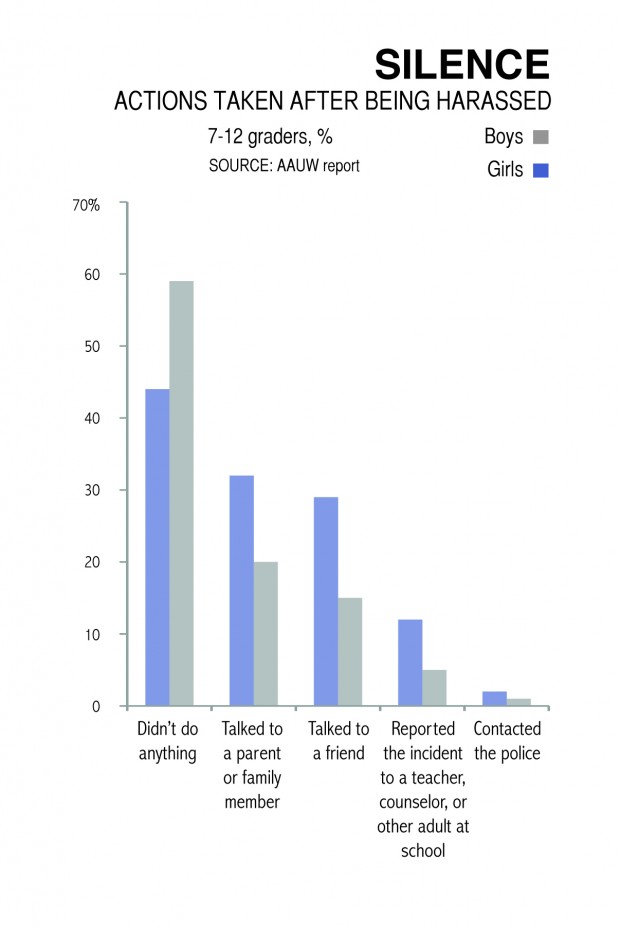
“I was afraid of being shamed and blamed,†Taylor said. “But that shouldn’t be enough to keep someone quiet. Sometimes we think so much about our own lives – the shame and guilt that it could bring to us – that we don’t think about what we could be allowing to happen to other people.â€
_________________
Harassment and assault can be deeply destructive to victims. Of students who reported being harassed in the AAUW survey, 87 percent said the experience had a negative effect on them.
“[Sexual harassment] impacts different individuals differently,†Morrison said. “But sometimes it can be pretty devastating, and it’s the kind of thing that just keeps coming up over and over.â€
Eating and sleep disorders, lack of motivation, anxiety, inability to concentrate, and even dropping out of school are some of the effects that sexual harassment can have, Webb said.
Staying silent about one’s experiences only adds to the burden that victims feel.
“I think of it metaphorically like an extra backpack full of books, this extra weight that they are carrying, that they aren’t talking to anybody about,†said Christina Meneses of the YWCA Regional Sexual Assault Center. Meneses comes to CHS to speak to health classes about sexual violence.
In Goldie Taylor’s case, her alleged abuse was utterly devastating. “My life all but collapsed,†she said. Before becoming involved with the coach, she was a star student – at the top of her class, on the debate team, a cheerleader, and looking at Princeton for college. She had just gotten her first new car.
“And so 1984 was supposed to be the best year of my life, but as this progressed I dropped out of everything,†Taylor said. “I dropped out of school altogether.â€
She found it hard to get out of bed in the morning and rarely got out of the house. For decades, her alleged abuse haunted her. Taylor said that she thought about it on a nearly everyday basis – it defined her. Ever since, she has lived her life in fear, distrusting others and cutting herself off from people who cared about her.
“He took my life from me,†she said.
_________________
Education programs often focus on awareness, perhaps with good reason. These are silent phenomena, and it is important to make the populace aware of their prevalence.
Yet statistics often make people feel helpless, Webb said, and simply generating awareness has done little to reduce the frequency of sexual harassment and assault. Thus, Wash. U has implemented a program called Green Dot that emphasizes bystander intervention.
“It teaches people how to recognize behaviors that could eventually turn into abuse, and then it empowers them to intervene,†Webb said.
Meneses hailed Green Dot as an “amazing,†innovative way to drastically reduce sexual harassment and assault quickly. The program is based on the idea that innocent bystanders, who far outnumber those actually committing sexual harassment and assault, can use their influence to stop problems before they occur.
Green Dot advocates three possible approaches to a situation of sexual harassment or assault – direct intervention, distraction, or delegation – which allow bystanders to stop harassment in a way that is safe and comfortable. (More details about Green Dot can be found at www.chsglobe.com.)
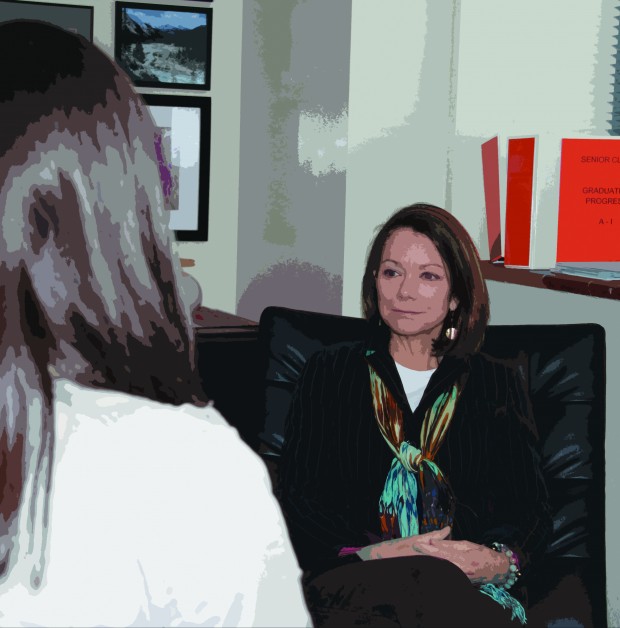
The program does not seek to directly target every student, or even most students. Instead, said Meneses, social, academic, and athletic leaders are individually invited to participate in the program.
“If they buy into it, you just ask them to live their life, and then their natural influence changes the culture of the school,†Meneses said.
Webb added that she “would love to see CHS adopt something like the [Green Dot] bystander intervention program.â€
Students at Wydown have been proactive about this issue. A group of eighth graders came forward and asked the WMS administration to work with them to address various types of “meanness,†including sexual harassment. Among their ideas is to create a website where students could anonymously post their stories of harassment or assault and others could then read and comment on them.
_________________
The AAUW survey showed that only 12 percent of students felt that their school did a good job of handling sexual harassment issues. Among the most common suggestions for school administrations were to create a way for students to report their experiences anonymously, appoint a teacher or counselor as the contact person for this issue, and hold in-class discussions.
Sexual harassment and assault are national issues, but they are local problems as well. Clayton is not immune to this issue as it is immune to so many others, and we must therefore deeply consider how CHS is addressing student needs.
When The Globe made an effort to survey students about their experience with sexual harassment and assault, asking questions much like those in the AAUW report, faculty and the administration protested, citing concerns about potential problems that could arise from students breaking down while taking the survey.
But without a survey, it is all but impossible to gauge how prevalent sexual harassment and assault are at CHS. To rely on student reports to evaluate the prevalence of sexual harassment is inadequate, Meneses said.
“When we see increases in reporting, all that tells us is that more people are willing to report,†Meneses said. “It doesn’t really give us a clue of whether the thing is happening more often.â€

Perhaps, lacking concrete data, Clayton has assumed that sexual harassment and assault are not truly problems for a district so generally wealthy and sheltered.
But Meneses said that it is precisely this type of school that has the hardest time facing facts.
“My experience, over 11 years working in St. Louis, is that schools that are more affluent and more white tend to talk about this less,†Meneses said. “I think it’s denial.â€
She added that, in general, these more affluent, more white schools experienced the same levels of sexual harassment and assault as other schools.
Currently, students spend a total of five days of sophomore year health class studying sexual harassment, sexual violence, and rape – that is the extent of education on this subject.
“I think that any topic in health should be covered in the entire school, every single year, because it can’t just be a message from me this one time,†Hobick said. “It needs to be a repetitive message that people hear all the time.â€
Hobick stressed the need for a “school-wide effort†incorporating student groups that already have a leadership role in the student body.
“We have the Principal’s Advisory Council, we have the Captain’s Council, we have a lot of these leader-based groups that I would like to see do more about this topic,†Hobick said.
Perhaps Clayton could become a leader and implement the Green Dot program. If it works for Wash. U, maybe it would work for CHS. The only obstacle is acknowledging that sexual harassment and assault are in fact relevant issues.
That is the first step of many.


